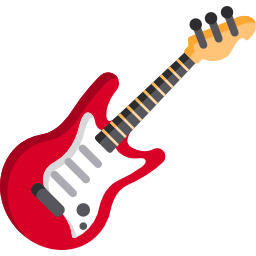Master Your Guitar Amp: A Beginner's Guide to Tone
Mastering Your Guitar Amp: Tone Control and Settings
Understanding Amp Controls
Gain: Controls the amount of overdrive or distortion. Lower settings provide cleaner tones, while higher settings produce more distortion. Experiment to find your sweet spot.
Bass: Adjusts the low-frequency response. Increasing bass adds warmth and fullness, while decreasing it creates a tighter, punchier sound.
Middle: Controls the mid-range frequencies, affecting the overall presence and clarity of your tone. Experiment to find what cuts through the mix best for your style.
Treble: Adjusts the high-frequency response. Increasing treble adds brightness and articulation, while decreasing it creates a smoother, warmer tone.
Reverb: Adds a sense of space and ambience to your sound, simulating the effect of playing in a larger room. Use sparingly to avoid muddiness.
Finding Your Ideal Tone
Start with all controls at a neutral position (usually around noon). Gradually adjust each control, listening carefully to the changes in your tone. There's no right or wrong answer; the best settings depend on your personal preference, playing style, and the type of music you're playing.
Experiment with different combinations of settings to discover a wide range of sounds. Record yourself to compare different settings and track your progress.
Practice and Experimentation
The key to mastering your amp's tone is consistent practice and experimentation. Don't be afraid to try different settings and push the boundaries of your sound. Over time, you'll develop a deeper understanding of how each control affects your tone and find your unique voice.
Technique
Amp Settings, Tone Control
Duration
22:53 min
Views
121952
